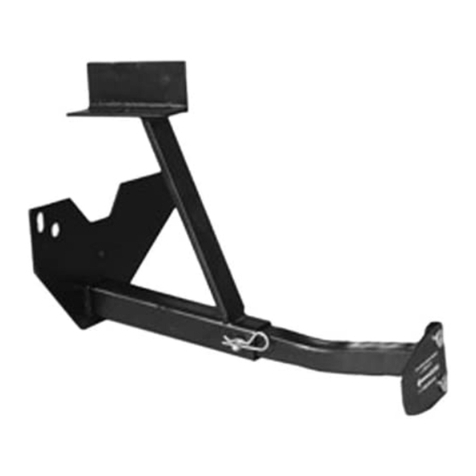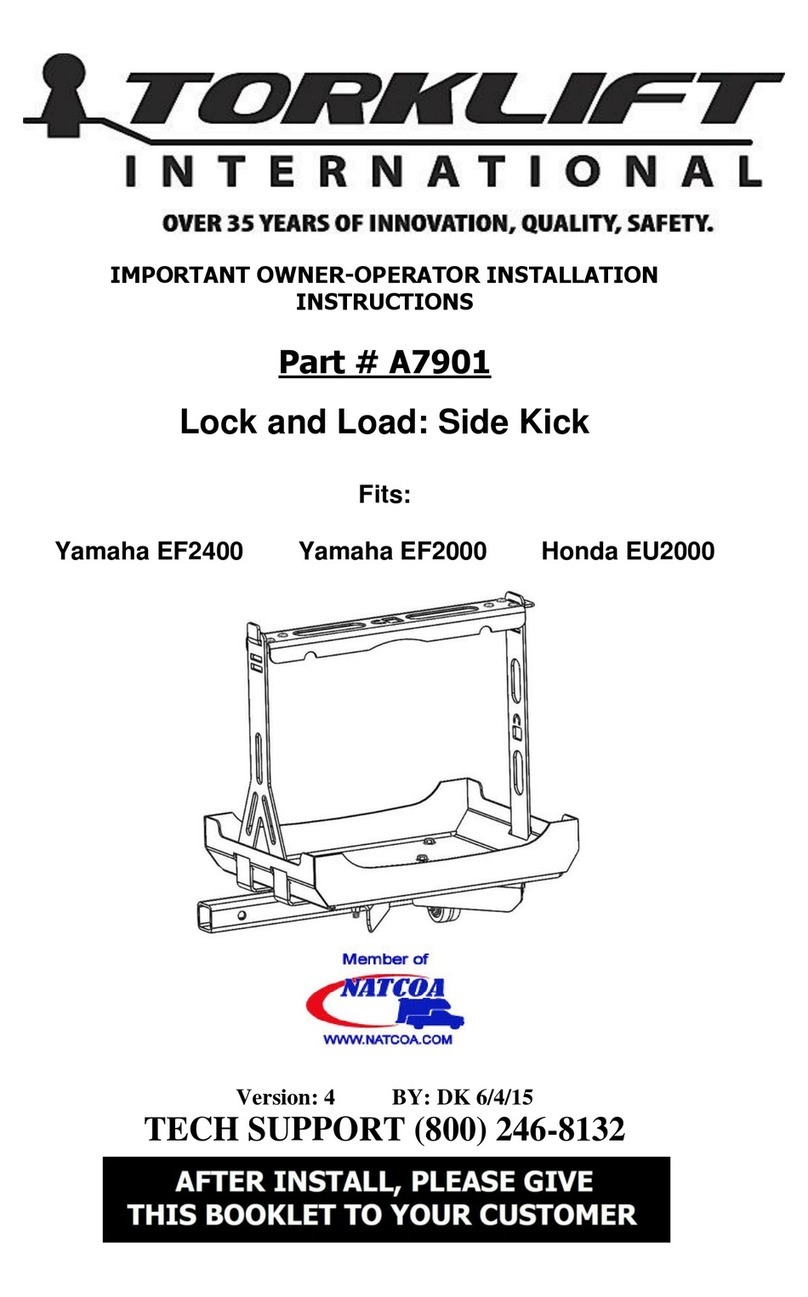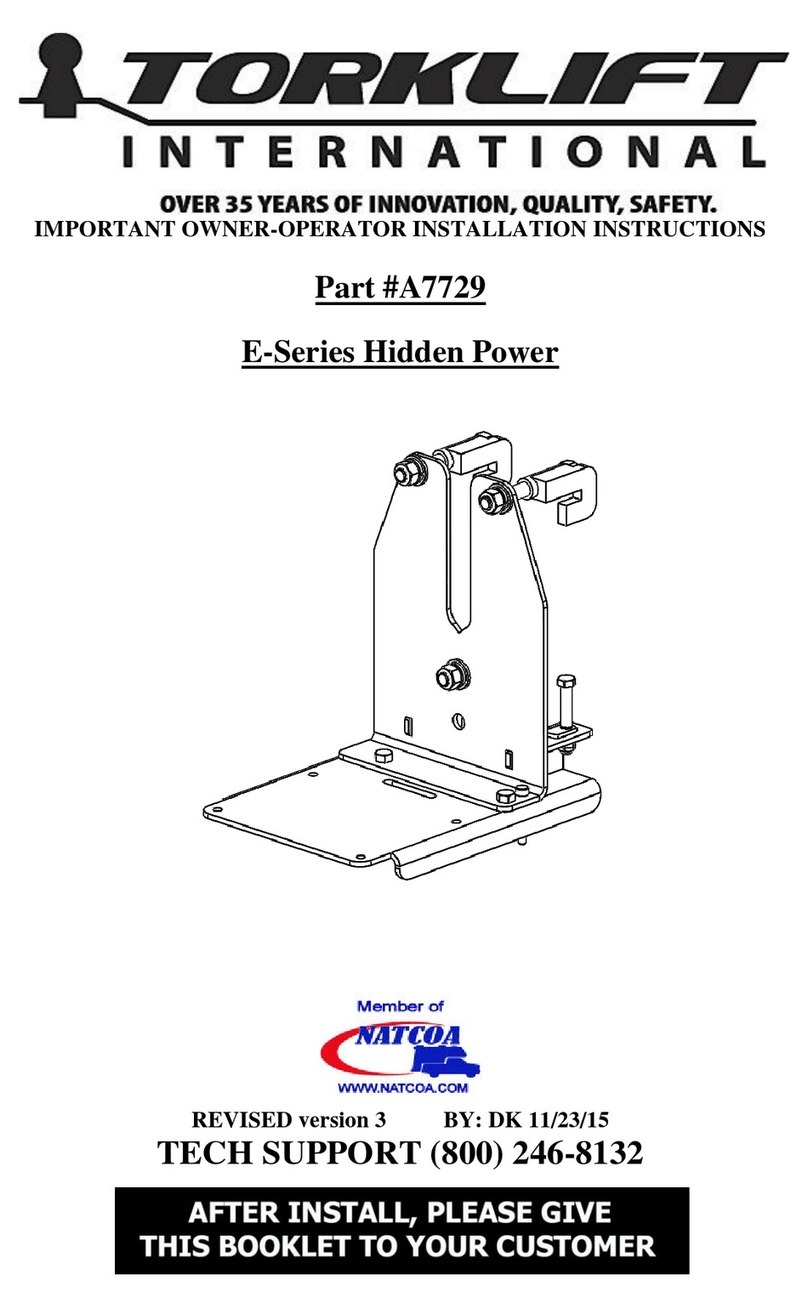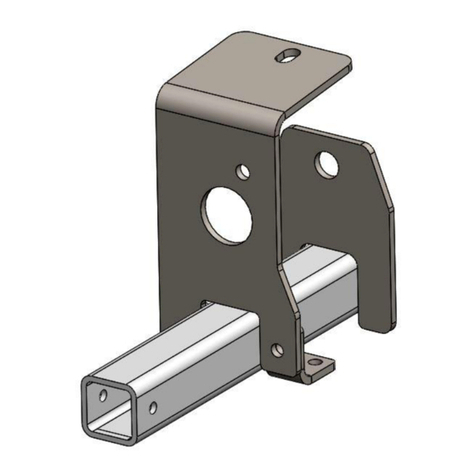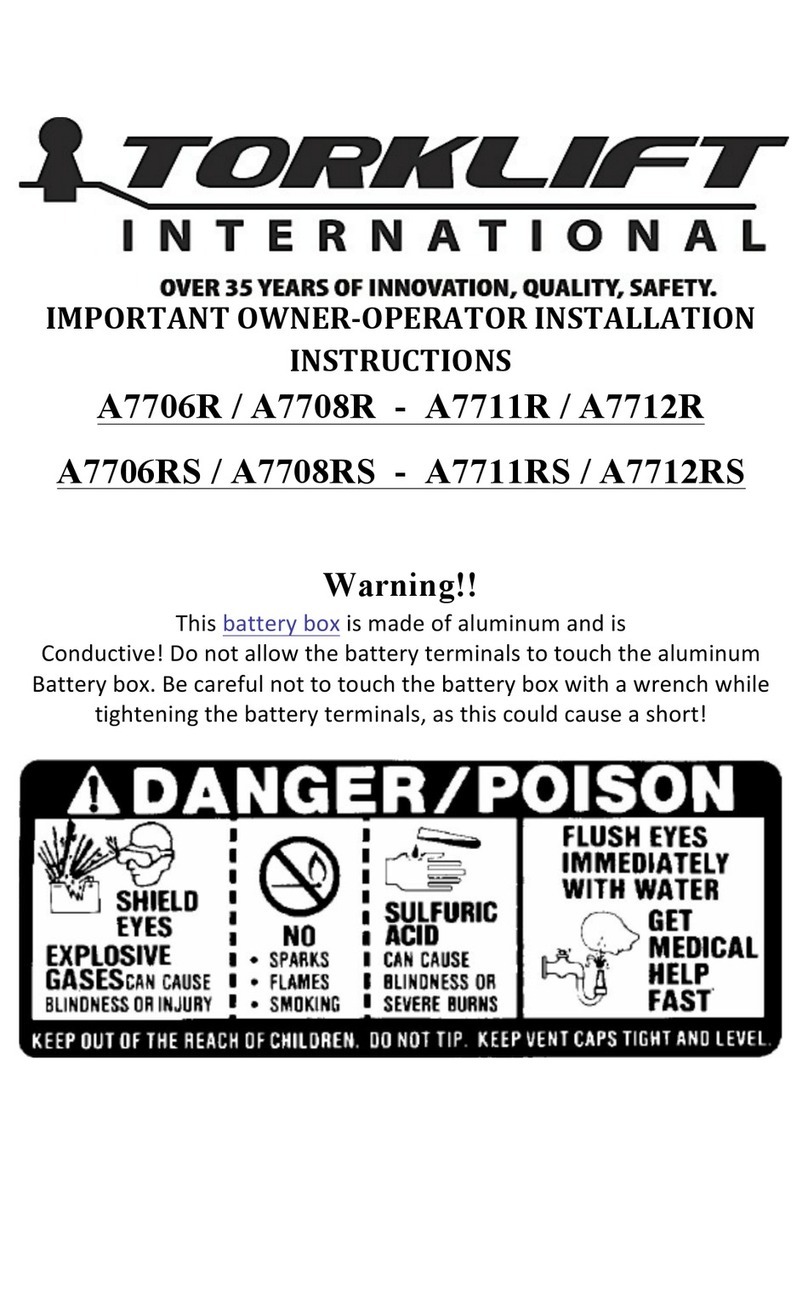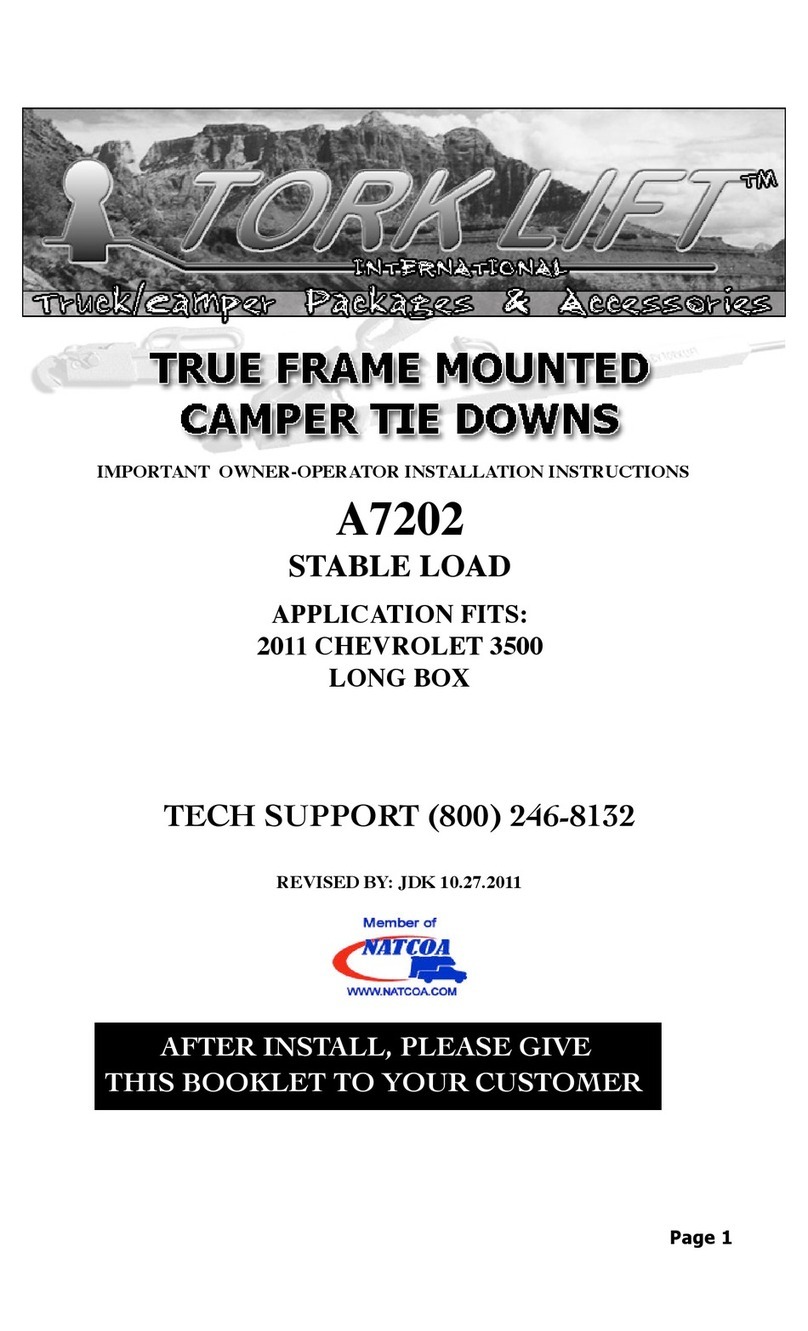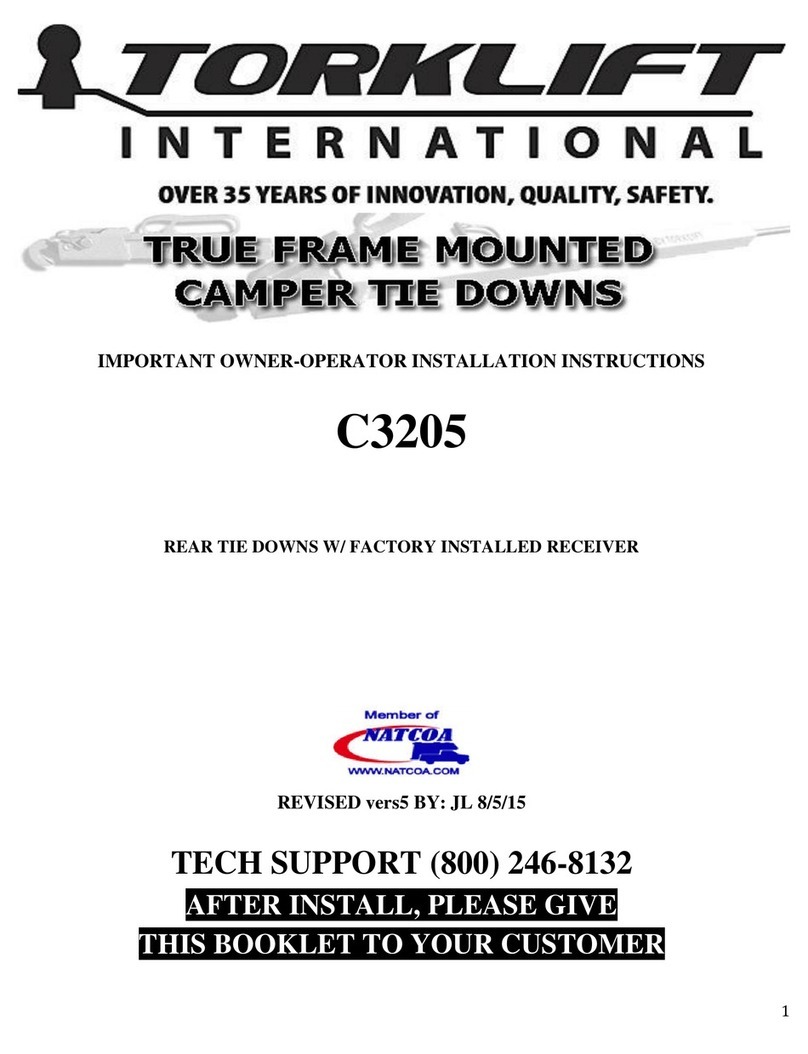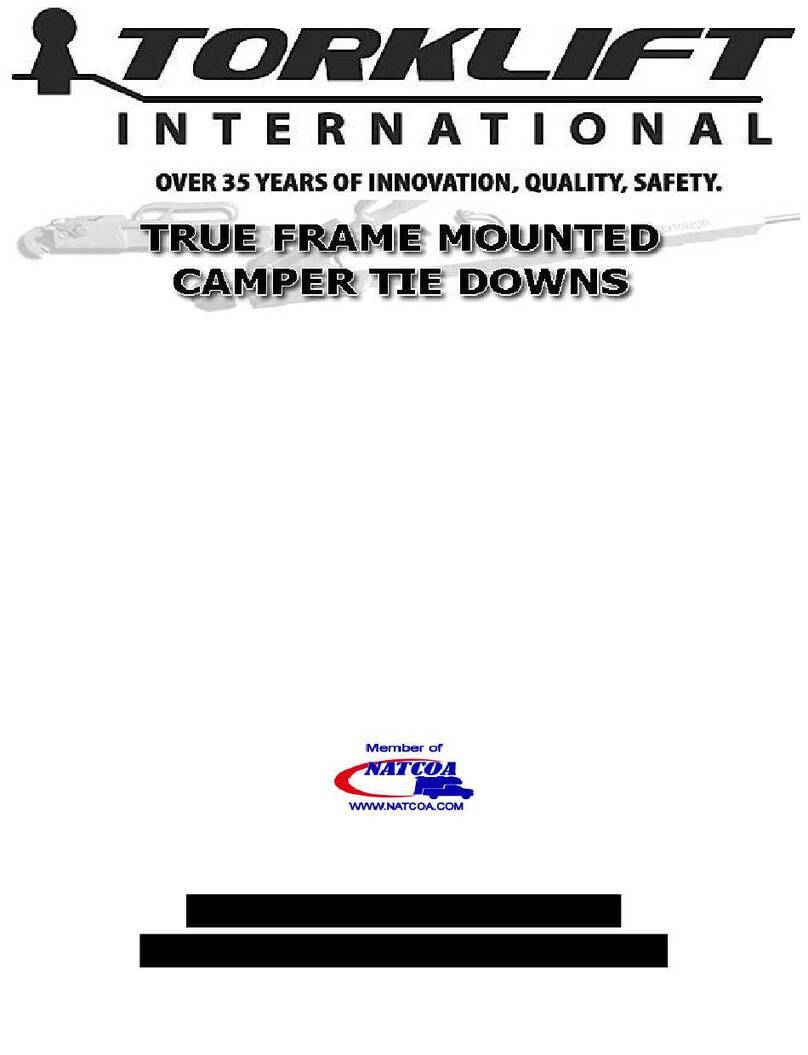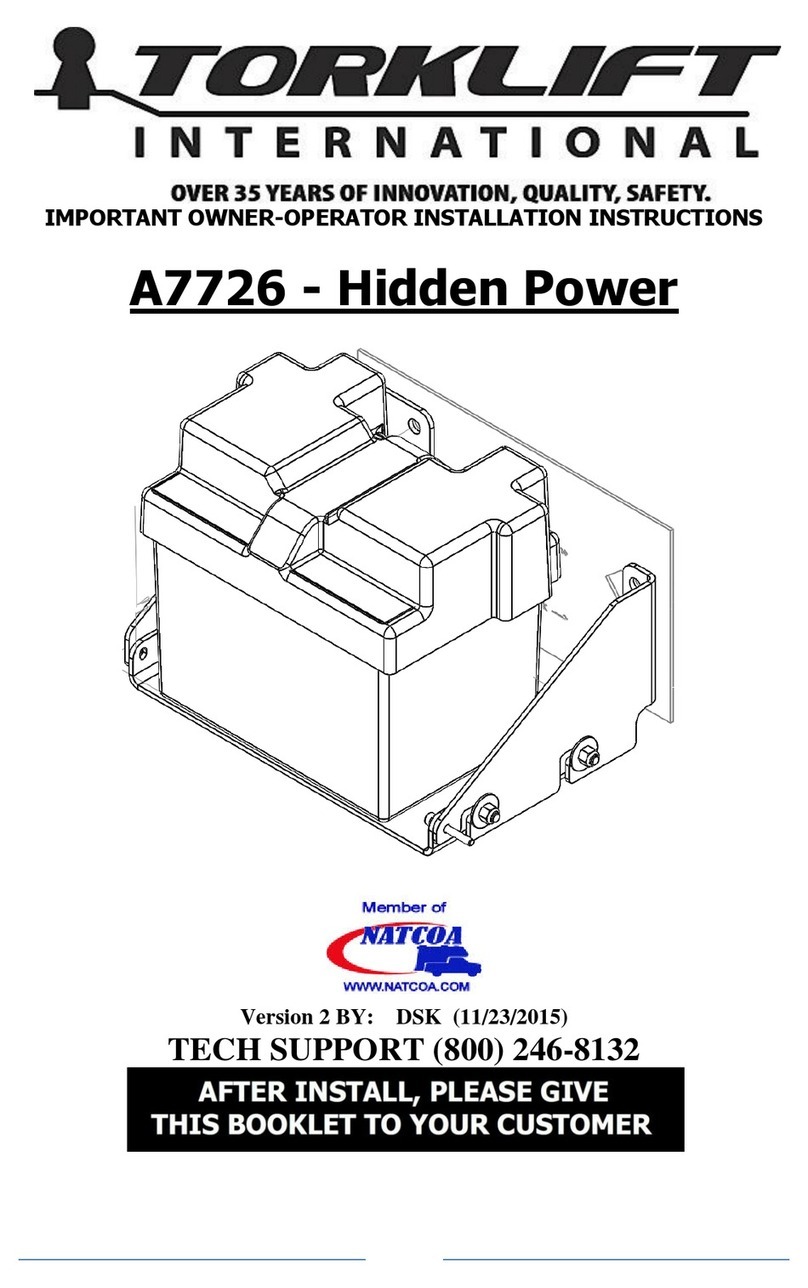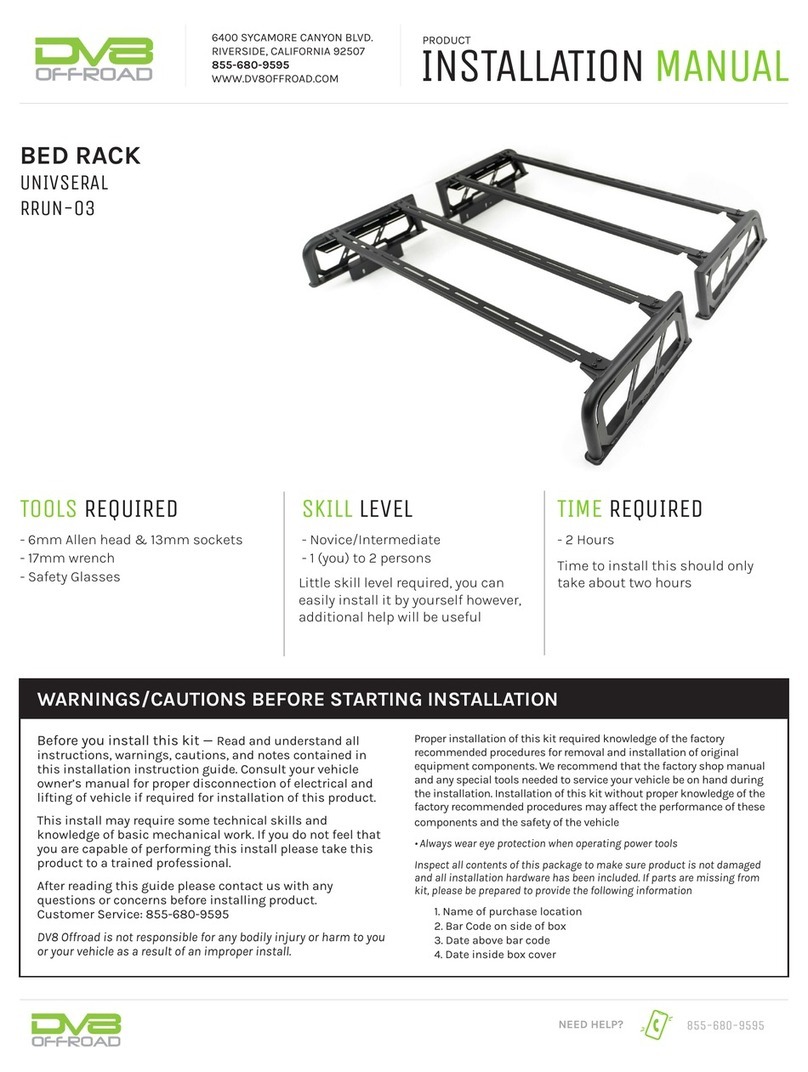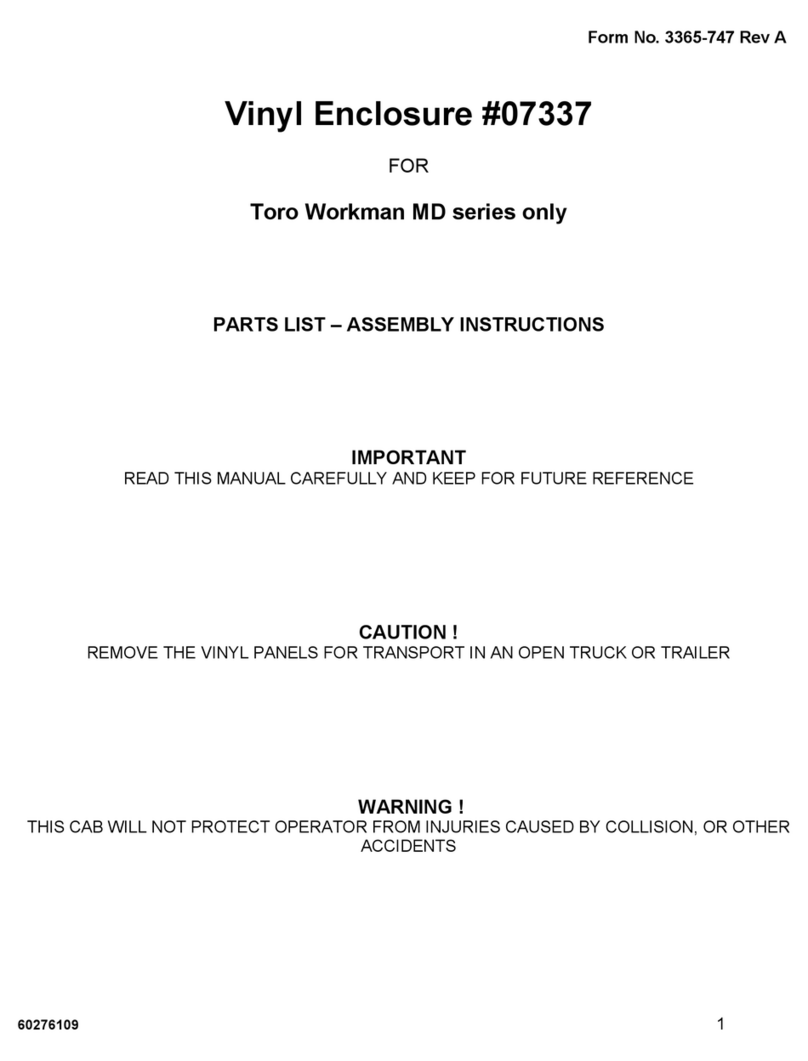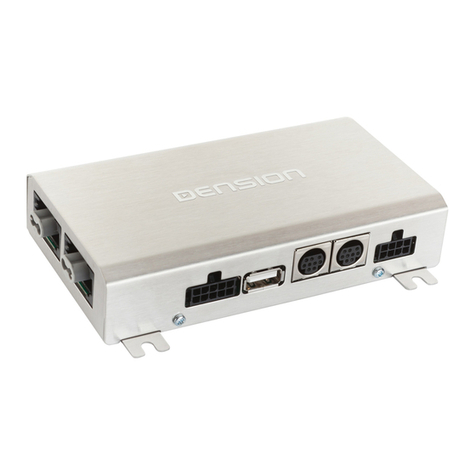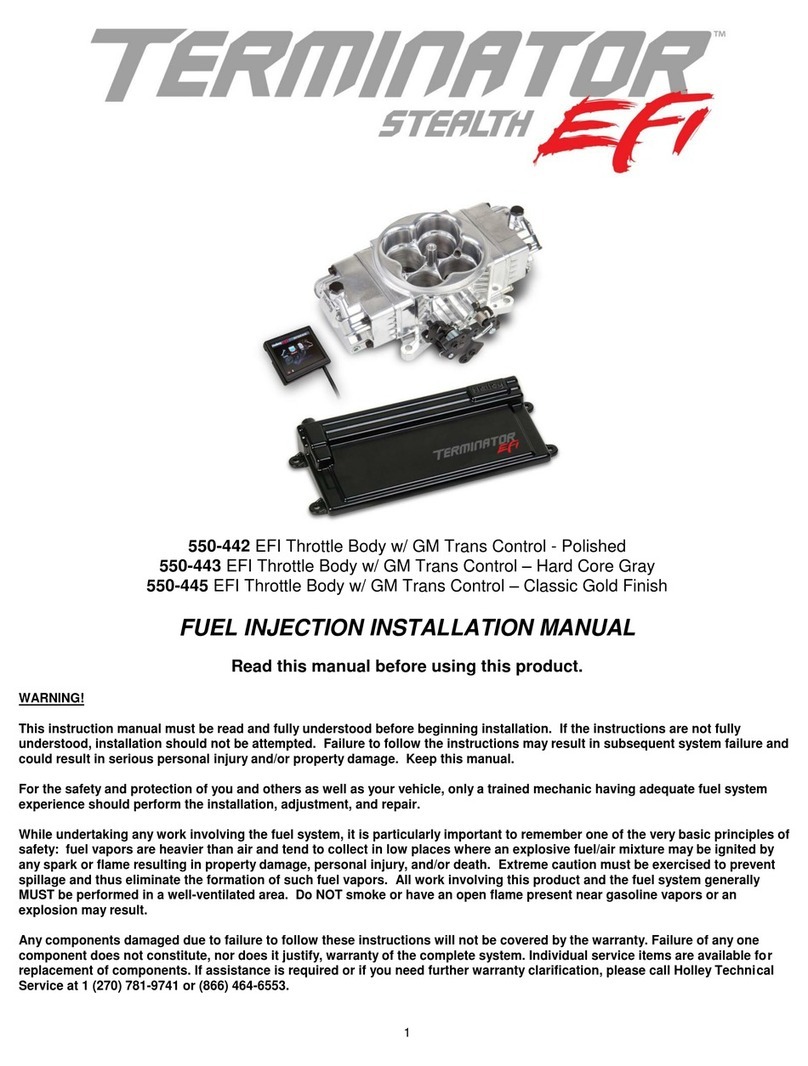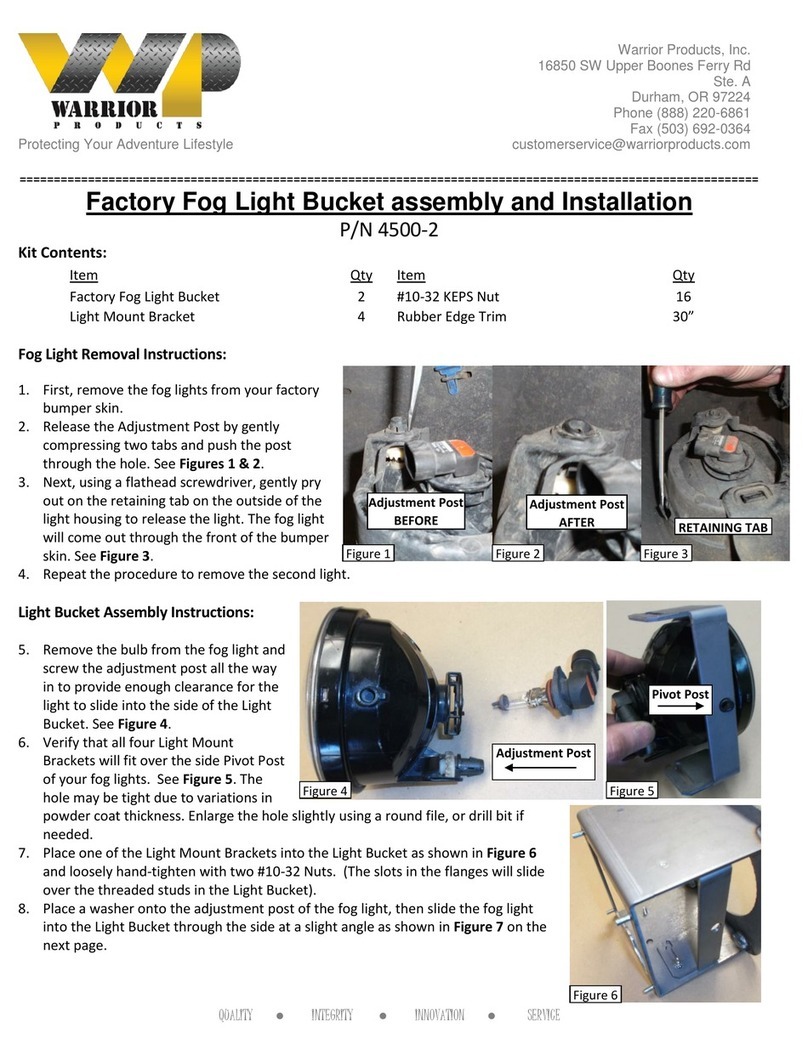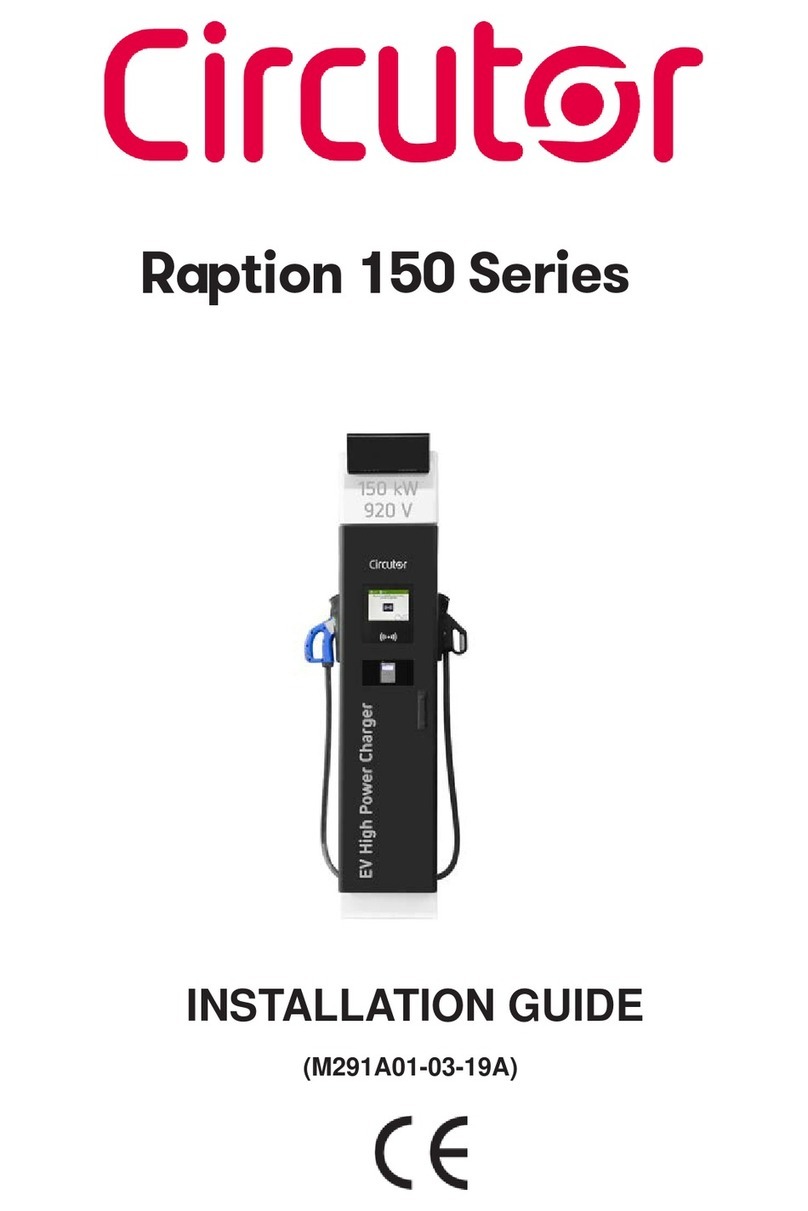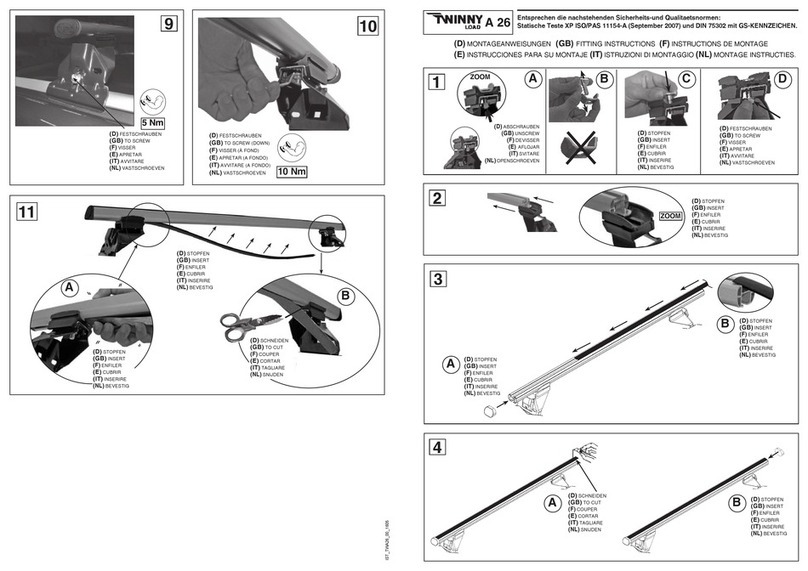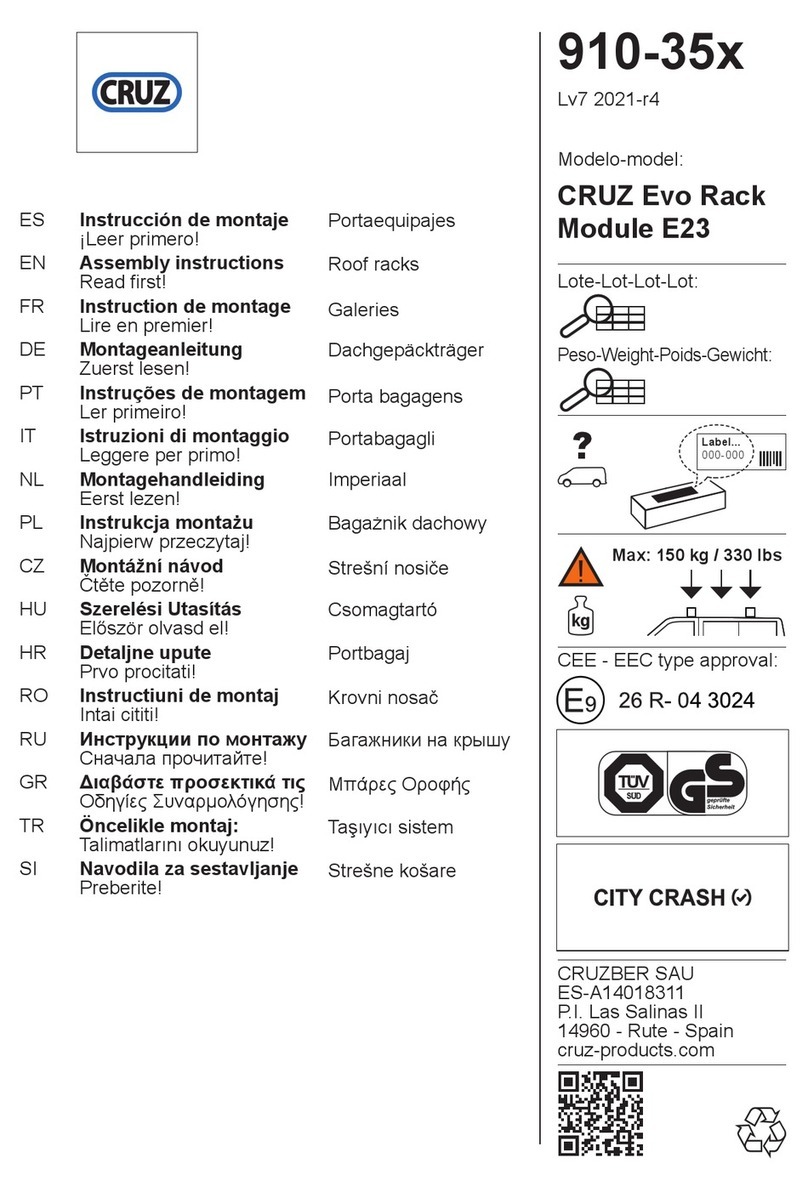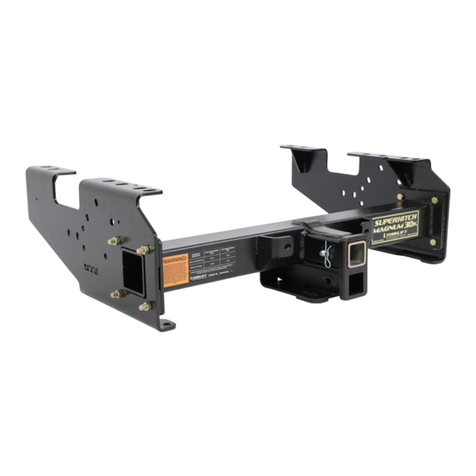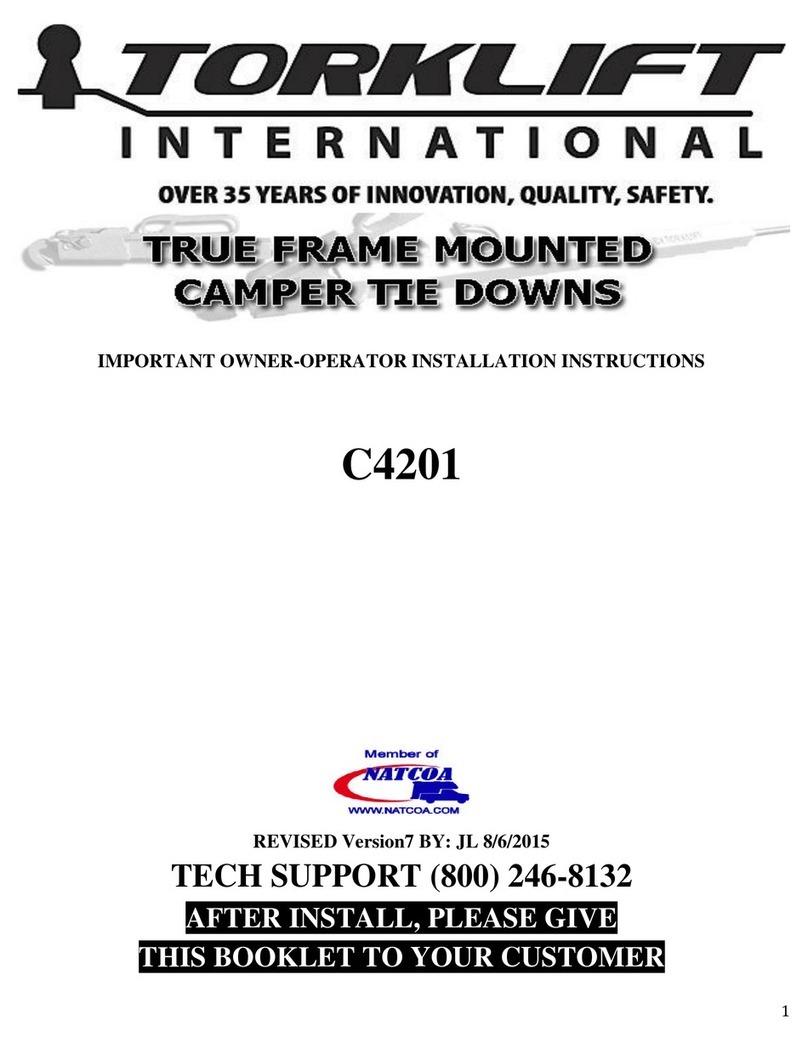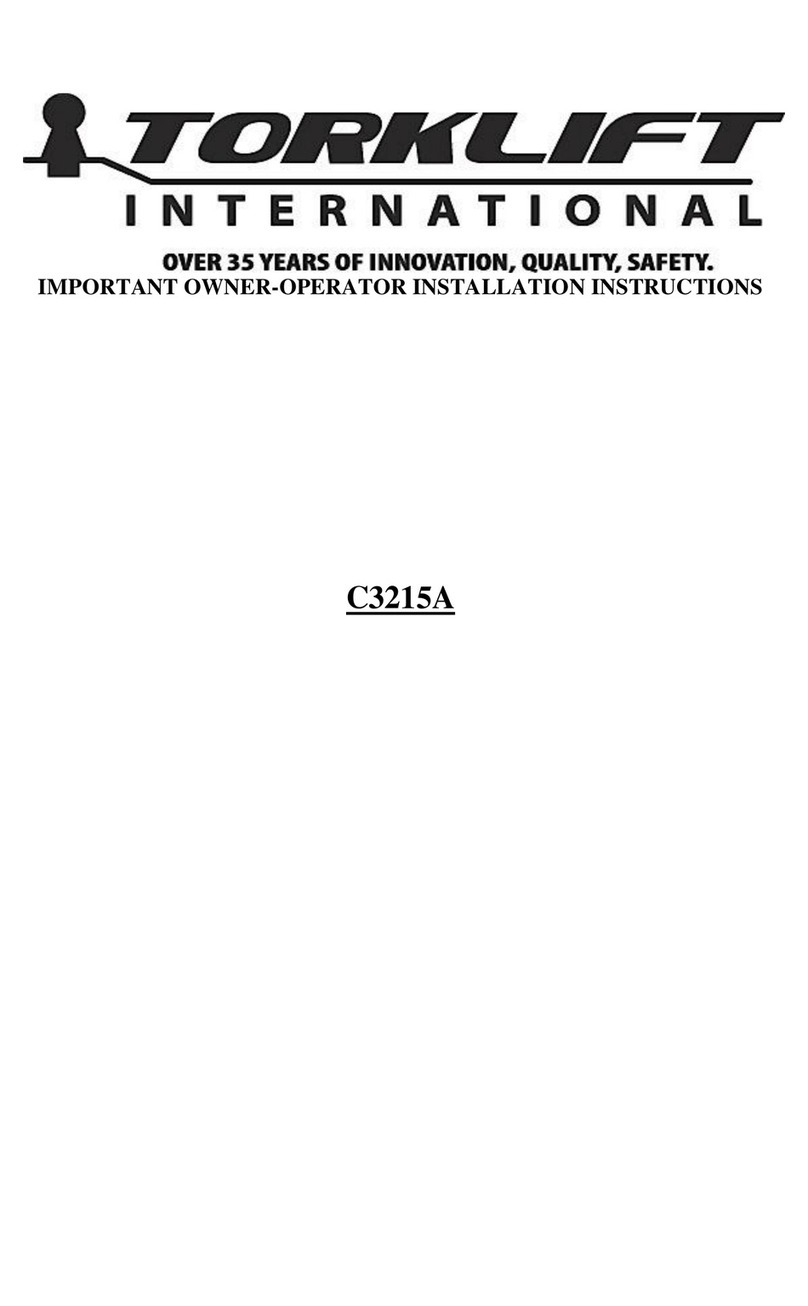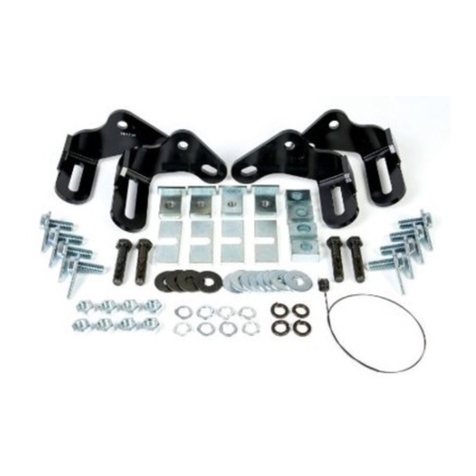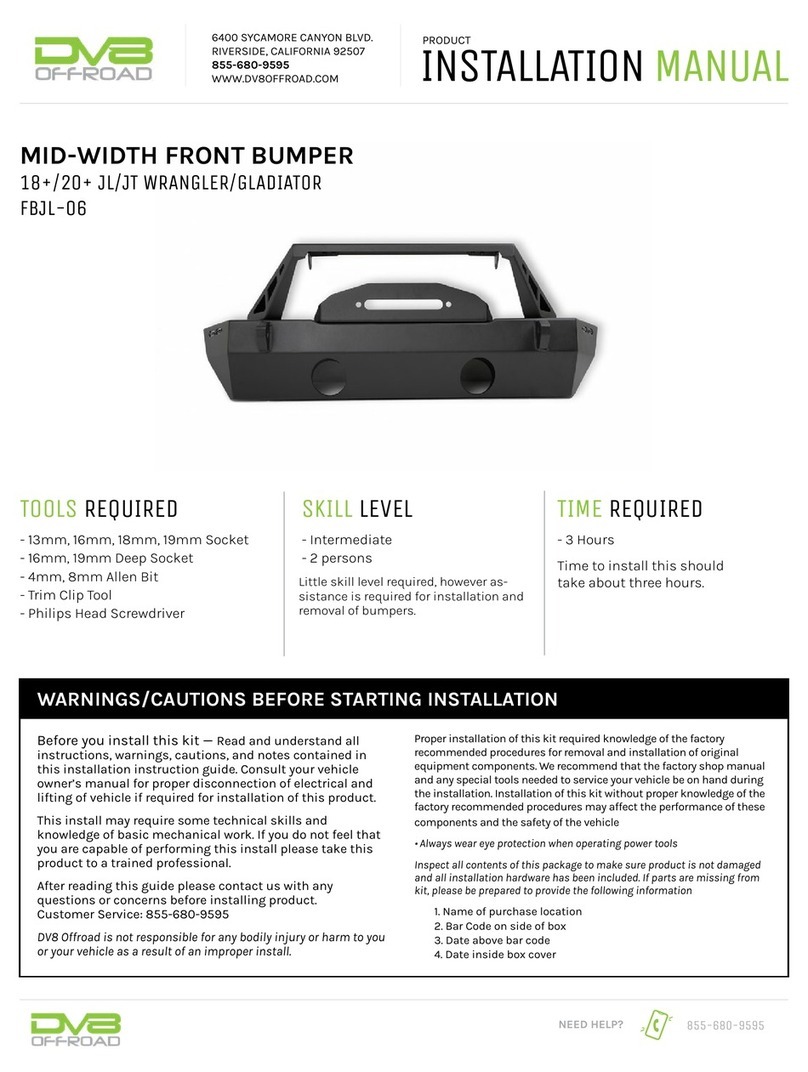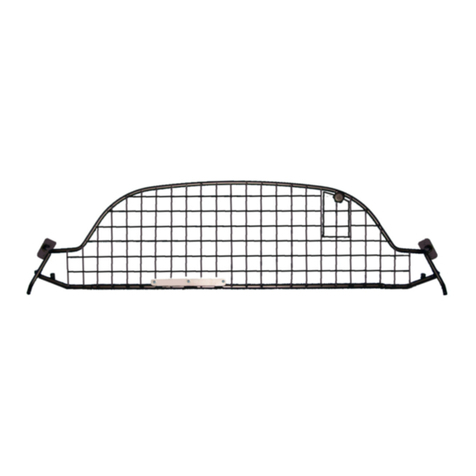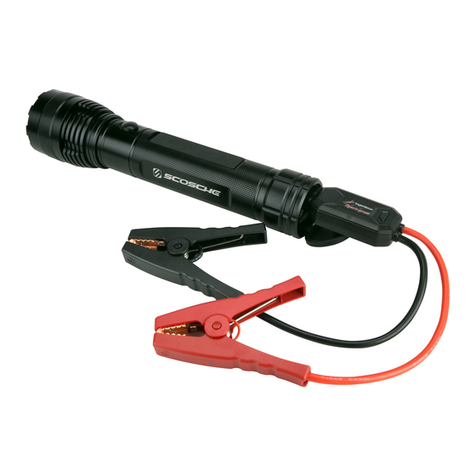STAINLESS-
In metallurgy stainless steel, also known as inox steel or inox from French “inoxydable”, is defined as a steel alloy with a
minimum of 10.5 [1] or 11% chromium content by mass. [2] Stainless does not stain, corrode or rust as easily as carbon steel, but
it is not stain proof and requires up keep regularly. [3] It is also called corrosion-resistant steel when the alloy type and grade are
not detailed, particularly in the aviation industry. There are different grades and surface finishes of stainless steel to suit the
environment to which the material will be subjected in its lifetime. Stainless steel is used where both the properties of steel and
resistance to corrosion are required.
All “stainless” steels can corrode under the wrong conditions. Many companies, in fact, do not call them stainless steel, but
“corrosion resistant” steel. Remember that most of the metal is still iron and can corrode or rust depending on how much stress it
is exposed to. One of the worst things you can do to stainless steel is expose it to chlorides. The better grades can withstand a lot
of abuse, but most grades can eventually fail when exposed to chlorides in bad atmospheres.
Some grades of “stainless” steel have very poor resistance to corrosion, they are marginally better than carbon steel, but when
correctly hardened and passivated or electro polished can give fairly good performance. The grade of steel must reflect the
exposure conditions and performance required.
Stainless steel is known for its ability to be a clean surface that resists corrosion and rust. Dirt, dust and grime, however, put
stainless steel at risk for corrosion and rust. Luckily, stainless steel responds well to cleaning, never wearing out from excessive
cleaning, as long as certain rules are followed.
1. Water and a cloth.
Routine cleaning can be accomplished by using warm water and a cloth. This is the least risky option for cleaning stainless steel.
Dry with a towel or cloth to prevent water spots. Wipe in the directions of the polish lines.
2. Mild detergent, (dish washing liquid) and cloth.
For cleaning that needs more power, mild detergent and warm water can do a great job without damaging the stainless steel. Make
sure you rinse the surface thoroughly to prevent staining and spotting. Towel dry to prevent water spots which can be caused by
minerals in water.
3. Glass cleaner for fingerprints.
Fingerprints are one of the biggest complaints about stainless steel, but can be taken care of by using glass cleaner or household
ammonia. Rinse thoroughly and towel dry. There are some newer types of finishes for stainless steel that resist fingerprints, a must
if your pint-sized helpers leave their mark on your stainless steel appliances.
4. Stainless steel cleaner.
If you’ve had staining or scratching, or need to polish your stainless steel, a stainless steel cleaner may be a good option. Some of
these cleaners and polishes can help minimize scratching and remove stains. They also can polish stainless steel surfaces nicely.
Read the directions on the stainless steel cleaner and test in an inconspicuous spot. Be sure to rinse thoroughly and towel dry.
INSTRUCTIONS FOR FINISH MAINTENANCE
OF TORKLIFT PRODUCTS
POWDER COATED STEEL:
To keep your Torklift products looking good follow these guidelines. All steel powder coated












